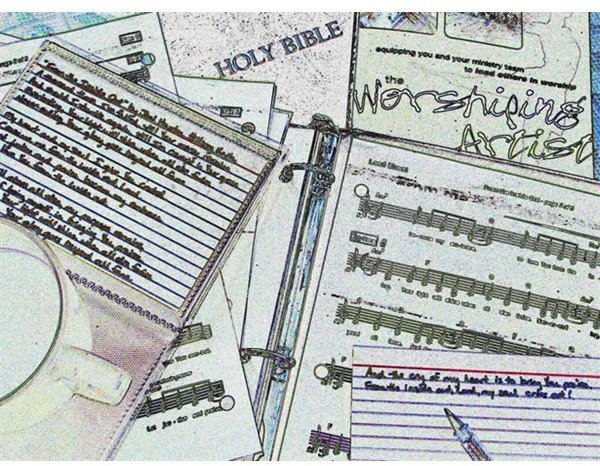Understanding Different Learning Styles to Help Improve Middle School Study Skills
How to Help an 8th Grade Science Student Learn to use His Individual Learning Style
What are good student study skills for eighth grade science? A child pacing around a room and reciting facts aloud with dramatic gestures and expressive voice inflections may seem to have poor study skills, but in actuality, he is tapping the power of his individual learning style to maximize study and homework time.
Why Bother about Study Skills?
Homework gets done faster, and kids retain material longer when study styles are married to learning styles. When parents and teachers match study skills techniques to individual learning styles, kids learn faster, retain material longer, earn higher grades, and have increased confidence in their study skills.
The three learning styles are auditory, visual, and tactile (kinesthetic). Here are some tips for teaching students to tailor study skills to their individual learning style.
Auditory Learning
Hearing is the sense engaged by the brain of this type of student. They will gather, organize, and retain information best when it is presented verbally.
Lectures are perfect for 8th grade science auditory learners. Provide them with a recording device so they can tape lectures or classes, and let them use the playback as the basis for science study skills. Encourage them to read notes aloud to cement information into their brains. Videos and movies are good for auditory learners – Moody science videos are rich sources of foundational science concepts presented in kid-friendly fashion. Videos can be scanned and reviewed as needed for studying.

Visual Learners
Visual learners absorb information through the eyes and are probably the easiest group to teach to use their individual learning style to study science. These students love pictures and illustrations and use them readily. Show them how to draw simple pictures to illustrate key points, and let them use the book margins. Videos or movies about science stimulate their brains, and the material covered is more easily understood.
Teach these eighth grade science students to focus on keywords and key ideas, and write them on index cards. The cards are used as flash cards for reinforcing key science class ideas. Encourage them to use colored pens or markers or colored index cards to engage their visual sense. Color coding notes with different colors of highlighting pens is a good way to connect their individual learning style to the material being studied, because the color draws their eyes to information quickly.

Tactile or Kinesthetic Learning
Helping this group of students develop good eighth grade study skills for science is challenging, but it can be done. Traditional note-taking study skills or spaced repetitions do not work for tactile learners because the sense of touch is not engaged.
On the other hand, small study groups work well for kinesthetic learners as they can interact with others. Give them a small ball or bean bag to toss around the group as they quiz each other.
Teaching them to use the computer and finding interactive science sites is a good study skill strategy for helping them utilizing their tactile learning ability. Websites that include some sort of self-tracking or self-assessment tools provide a way for parents or teachers to monitor learning and success of study habits.
When parents and teachers understand the singularity of a student’s learning style, it is easier to decide which study skills and habits will help them with homework and tests. Turn homework time from dreary to enjoyable by implementing these simple tips for strengthening student study skills for eighth grade science.
Image Credits
Public Domain Pictures/Petr Kratochvil
Public Domain Pictures/Barb Ver Sluis
